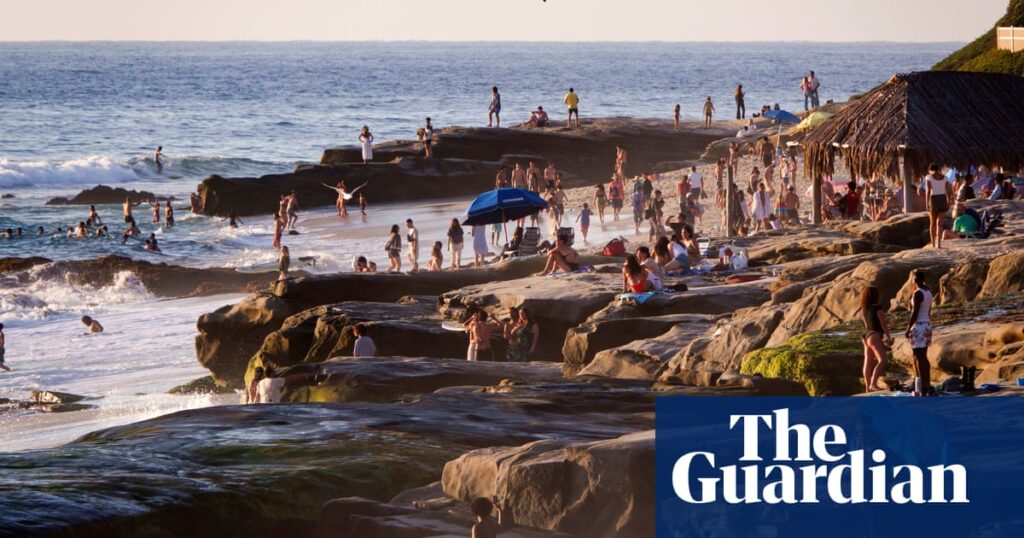The ocean heatwave, referred to as “the blob,” has intensified in the northwest and central Pacific this year, potentially leading to increased flooding in the U.S. Pacific Northwest and unusual winter weather in eastern North America. Research from Berkeley Earth indicates that North Pacific temperatures in August were 2.5 degrees Celsius higher than pre-industrial levels, raising concerns about more thunderstorms impacting marine life.
Nick Bond, a climatologist who coined the term “blob,” expressed uncertainty about whether this phenomenon will become a permanent feature, noting that heatwaves can evolve with changing weather conditions. Over the last decade, these heatwaves have become more frequent and severe, highlighting the importance of monitoring climate changes for ecological and meteorological implications.
The National Oceanic and Atmospheric Administration noted that from 2014 to 2016, certain areas along the U.S. West Coast experienced ocean temperatures up to 3 degrees warmer than normal, leading to significant destructive algal blooms. Rising ocean temperatures could force marine species to migrate or die, affecting the food web.
While there are predictions that the heatwave could contribute to harsh winter weather in places like Chicago, Bond emphasized that many other factors also influence snowfall. Currently, scientists lack sufficient data to accurately predict the blob’s effects, underscoring the need for more research on these phenomena.
Source link


